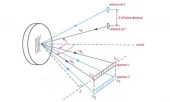Description
Type IV aberration corrected flat field and imaging gratings are designed to focus a spectrum onto a plane surface, making them ideal for use with linear or 2-D array detectors. These gratings are produced with grooves that are neither equispaced nor parallel, and are computer optimized to form near-perfect images of the entrance slit on the detector plane.
Owing to their large optical numerical aperture and correction from aberrations, these Type IV aberration corrected flat field & imaging
gratings provide much better light collection efficiency and signal to noise ratio than traditional Type I Rowland circle concave gratings.
When an area detector such as a CCD is utilized, it is often possible to focus multiple sources onto the entrance slit and independently evaluate the spectrum from each source. These “Imaging Gratings” are nearly free from astigmatism, and therefore only one fixed optical element is required to construct an imaging spectrograph.
Flat Field and Imaging Grating 533 00 550
Specifications
| Dispersion: | 8.4 nm/mm |
|---|---|
| Wavelength Range: | 340 – 750 nm |
| Spectrum Length: | 49 mm |
| F/Number: | 4 |
| Groove Density: | 800 l/mm |
Applications
- Spectrographs
- Spectroscopy
- Laser Optics
- Imaging
Frequently Asked Questions
What is the difference between Type IV and traditional Type I Rowland circle concave gratings?
What is the advantage of using an area detector with these gratings?
What is the dispersion range and wavelength range for the Type IV gratings?
What are Type IV aberration corrected flat field and imaging gratings used for?
Are these gratings interchangeable?
Similar Products
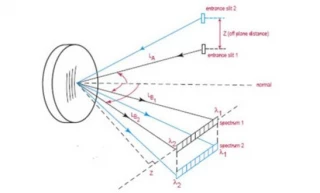
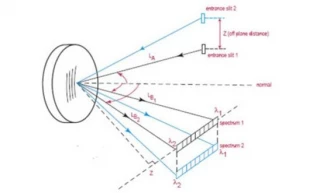
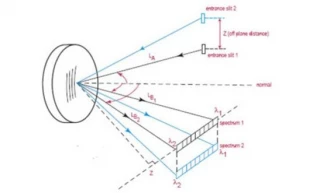
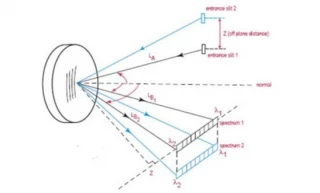
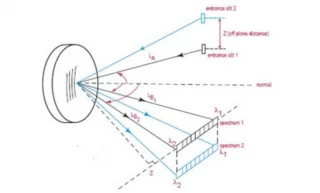
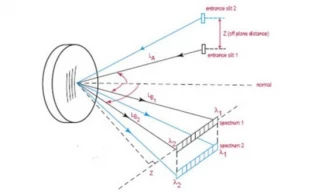
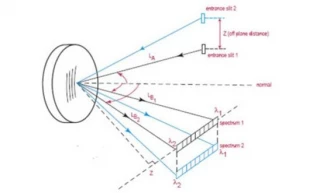
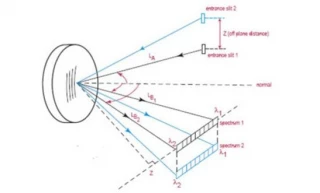
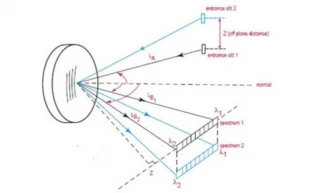
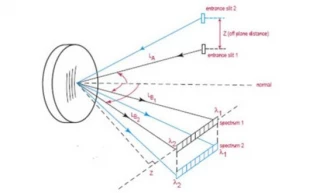
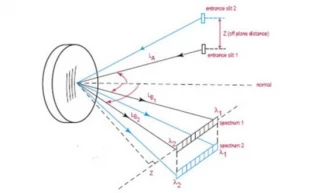
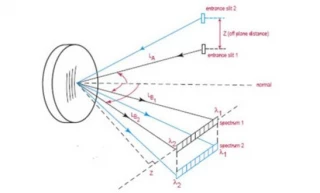
Your inquiry has been received.
Create an account by adding a password
Why create an account?
- Auto-complete inquiry forms
- View and manage all your past messages
- Save products to your favorites
- Close your account anytime — no hassle
